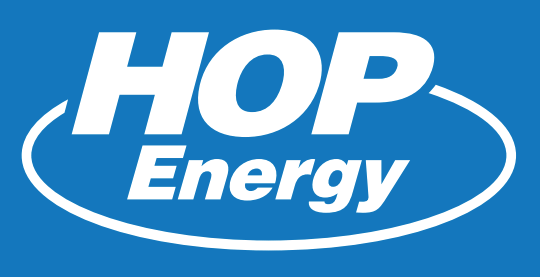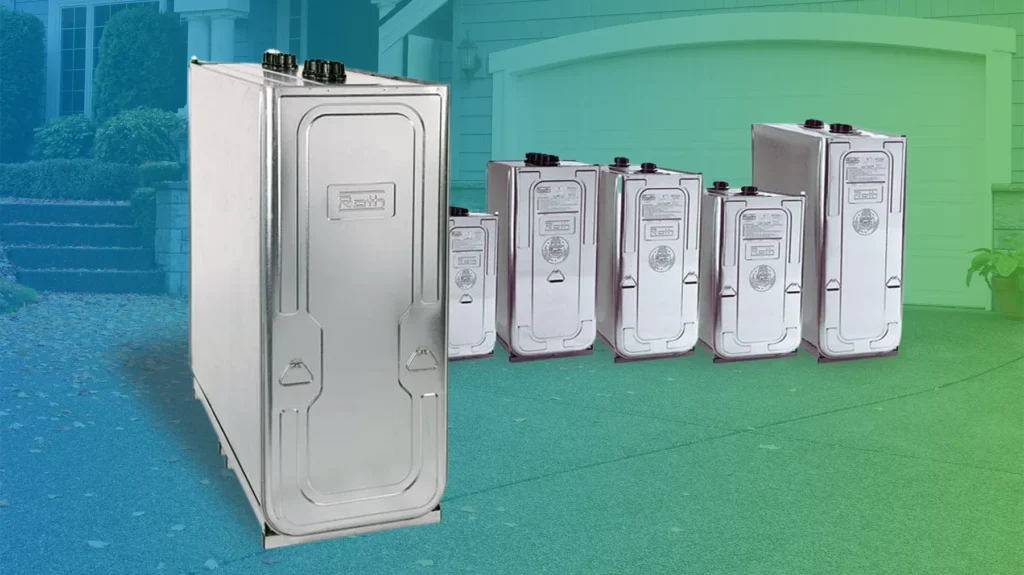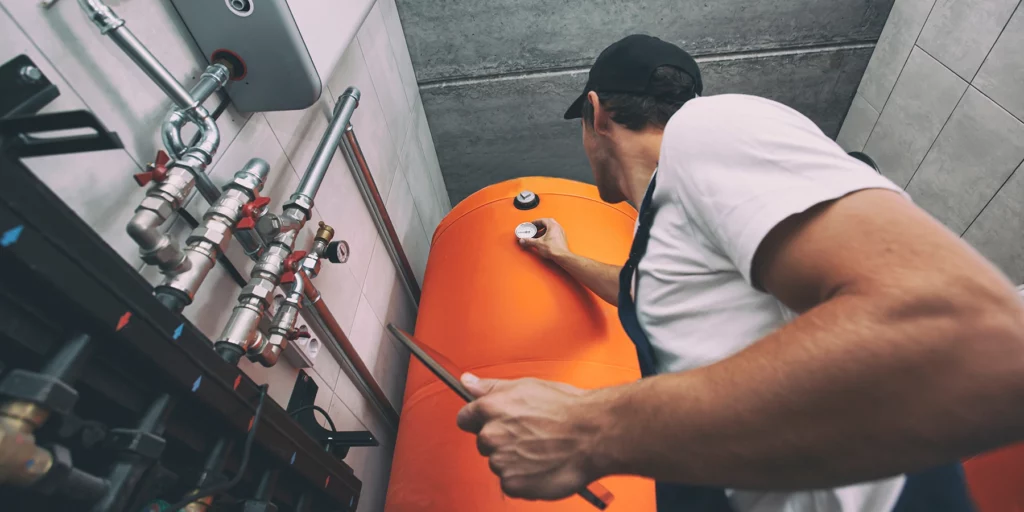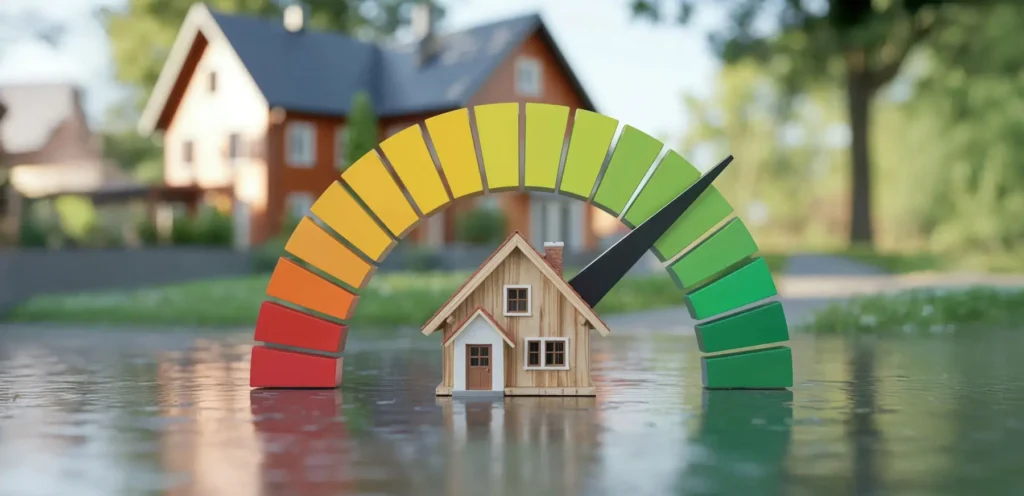Recognizing when to replace your heating system is essential for maintaining a comfortable, efficient, and safe home environment. An outdated or failing heating system can lead to higher energy costs, inconsistent heating, and frequent repairs. Knowing the signs of aging equipment and understanding the typical lifespan of your heating system can help you avoid unexpected breakdowns, especially during the colder months when reliable heat is crucial.
There are several types of heating systems, each with different expected lifespans:
- Furnaces (gas, electric, or oil) typically last between 15 and 30 years.
- Heat pumps have a shorter lifespan of 10 to 15 years.
- Depending on material and usage, boilers can last 15 to 30 years.
- Ductless mini-split systems and radiant heating systems generally last 15 to 25 years with proper maintenance.
Table of Contents
Types of Heating Systems and Their Lifespans
Understanding the different types of heating systems and their expected lifespans can help homeowners plan for maintenance, repairs, or replacements. Each system has unique advantages and lifespan, influenced by usage, climate, and routine maintenance.
Lifespan of Furnaces (Gas, Electric, Oil)
Furnaces are one of the most common heating systems, typically powered by gas, electricity, or oil. Their lifespan ranges from 15 to 30 years, depending on the type of furnace and how well it’s maintained. Gas furnaces generally last between 15 and 20 years, while oil furnaces last a bit longer, up to 25 years. Electric furnaces, though less common due to higher operational costs, can last up to 30 years but may lose efficiency over time.
Lifespan of Heat Pumps
Heat pumps are efficient systems that transfer heat instead of generating it, making them suitable for heating and cooling. Their expected lifespan is shorter than that of other systems, typically between 10 and 15 years. Regular maintenance is critical to extending the life of a heat pump, especially in regions with harsh winters, where the system is used frequently.
Lifespan of Boilers
Boilers, which heat water to produce radiant heat for a home, can last between 15 and 30 years. Their longevity largely depends on the materials used. Due to their durability, cast iron boilers tend to last on the higher end of this range (up to 30 years), while steel boilers may have a shorter lifespan, closer to 15 years. Regular maintenance, such as cleaning and inspecting the pressure levels, can extend the life of a boiler.
Lifespan of Radiant Heating Systems
Radiant heating systems use water or electricity to heat floors or walls and can last 15 to 25 years. Hydronic (water-based) systems have a longer lifespan than electric systems. However, both require regular maintenance, such as checking for leaks or issues with the heating elements, to ensure they last as long as possible.
Lifespan of Central Heating Systems
Central heating systems distribute heat throughout a home using a network of ducts or pipes. Their lifespan ranges from 15 to 25 years, depending on the type of fuel they use (gas, oil, or electricity) and how well they are maintained. Gas and oil systems tend to last on the lower end of this range, while electric systems may last longer but often lose efficiency over time.
Each heating system type has its own maintenance needs and potential for longevity. Keeping up with regular service, filter changes, and inspections can help extend the life of your system and keep it running efficiently for many years.
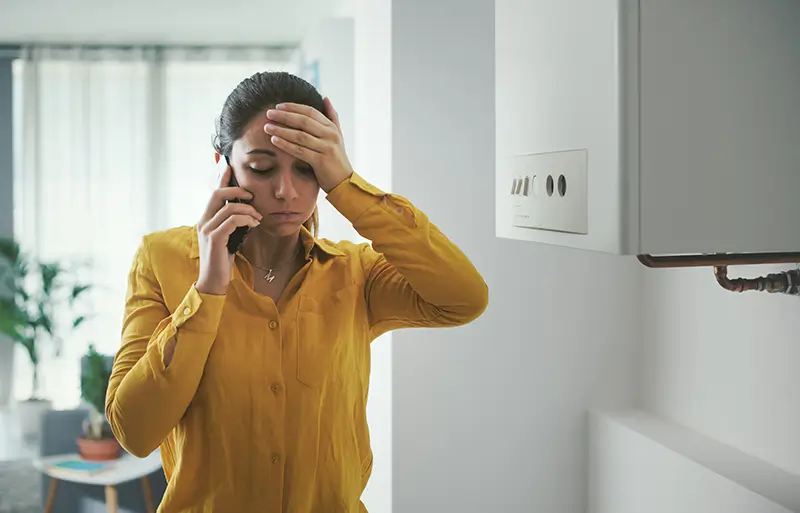
Signs It's Time to Replace or Upgrade Your Heating System
Keeping an eye on how your heating system performs can help you avoid costly breakdowns and ensure it operates safely and efficiently. Here are the key signs that it may be time to replace or upgrade your heating system:
Frequent Repairs
If your system requires frequent repairs, it indicates that it’s nearing the end of its lifecycle. Consistently fixing components adds up quickly in cost, and repeated breakdowns can leave you without heat at inconvenient times. At this point, replacement is often a more economical choice.
Rising Energy Bills
As heating systems age, they lose efficiency, which leads to higher energy consumption. If your energy bills are rising without a change in your usage habits, your system may need to be working harder than it should, wasting energy and driving up costs.
Uneven Heating
Older systems can need help to heat all areas of your home evenly. If certain rooms are consistently colder than others, your system may need to be distributing heat effectively. This is often a sign that it’s time to consider an upgrade or replacement.
Strange Noises or Smells
Unusual noises like banging, rattling, or buzzing indicate something is wrong with internal components. Similarly, strange odors could point to a serious issue, such as gas leaks or burning wires. These problems are not only inconvenient but can also pose significant safety hazards.
Age of the System
Most heating systems start to lose efficiency after 15 to 20 years, even with regular maintenance. If your system is approaching or surpassing this age, it’s time to plan for a replacement before you encounter larger, more expensive issues.
Excessive Dust, Rust, or Soot
A malfunctioning heating system can degrade indoor air quality, leading to excessive dust or visible rust and soot around registers. This could signal issues with ventilation or combustion, requiring immediate attention to avoid further damage.
Frequent On and Off Cycling
If your system frequently turns on and off (short-cycling), it may struggle to maintain a consistent temperature. Short cycling wears down the components and causes inefficient heating, which can drive up energy bills and reduce comfort.
Cracked Heat Exchanger
A cracked heat exchanger is one of the most dangerous problems with an older heating system. It can lead to carbon monoxide leaks, which are hazardous to your health. Repairing or replacing a cracked heat exchanger is often expensive, making system replacement safer and more cost-effective.
Additional Indicators You Need to Replace Your Heating System
Beyond the obvious signs of failure, there are additional indicators that your heating system may need to be replaced. These are subtle but important clues that your system is nearing the end of its useful life.
Increasing Maintenance Costs
If you call for repairs more frequently, it’s a red flag that your heating system is becoming less reliable. Constant service visits can quickly add up, making replacement a more cost-effective solution in the long run.
Decreased Comfort Levels
A heating system that struggles to maintain your home at the desired temperature shows diminished efficiency. If you notice that your home is never quite warm enough or takes too long to heat up, it may be time for an upgrade.
Visual Signs of Damage
Take a look at your furnace or heating unit. If you see visible rust, corrosion, or cracks, these are clear signs that the system is deteriorating and may not last much longer. These issues often indicate deeper problems within the system that could affect efficiency and safety.
Dust and Poor Air Quality
A malfunctioning heating system can lead to poor indoor air quality by circulating more dust, dirt, and allergens throughout your home. If you notice an unusual dust buildup or experience worsening air quality, your system may need to filter the air properly or run as efficiently as it should.
Pay attention to these additional indicators, as they can help you avoid more significant issues. Replacing your heating system at the right time ensures better comfort, efficiency, and safety in your home.
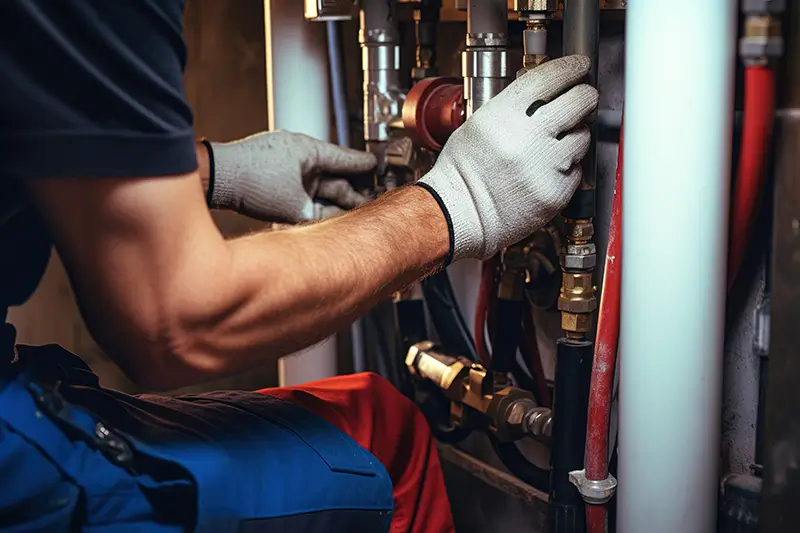
Maintenance Tips to Extend Your System's Lifespan
Regular maintenance is key to getting the most out of your heating system and extending its lifespan. Following these simple steps can help you avoid unexpected breakdowns and maintain your system’s efficiency.
Regular Inspections
Schedule annual inspections with HVAC professionals. They can identify potential problems early, ensuring your system runs efficiently and safely.
Filter Replacements
Changing filters every 1-3 months is essential to maintaining proper airflow and efficiency. Dirty filters force your system to work harder, increasing energy consumption and wear.
Duct Cleaning
Clean your air ducts regularly to prevent dust and debris buildup. This can reduce your system’s efficiency and worsen indoor air quality. Keeping ducts clean also helps your system distribute heat more effectively.
Tune-Ups
An annual tune-up before the winter season ensures that your heating system runs at peak efficiency when you need it most. This proactive maintenance can prevent small issues from becoming costly repairs.
FAQs
When should a heating system be replaced?
A heating system should be replaced if it’s over 15 years old, frequently breaking down, or losing efficiency. These factors signal that the system is nearing the end of its useful life and could become more costly to maintain.
At what age should a furnace be replaced?
Furnaces typically need to be replaced between 15 and 20 years of age. After this time, they begin to lose efficiency, and the likelihood of breakdowns increases.
Should I replace my 20-year-old gas furnace?
Yes, if your 20-year-old gas furnace is showing signs of inefficiency, requiring frequent repairs, or heating unevenly, it’s time to consider replacing it with a more efficient system.
How many years should a heating system last?
A heating system can last 15 to 30 years, depending on the type, how often it is used, and the quality of maintenance it receives.
How do you know when you need a new furnace?
If you’re experiencing frequent breakdowns, high energy bills, or inconsistent heating, you may need a new furnace. These issues are key indicators that your furnace is no longer operating efficiently.
Can furnaces last 30 years?
While some furnaces can last up to 30 years, their efficiency typically decreases significantly after 20 years, making replacement more cost-effective and energy-efficient.
Is a 40-year-old furnace safe?
No, a 40-year-old furnace is not considered safe. Older systems are more likely to have safety hazards, such as carbon monoxide leaks, and are highly inefficient compared to modern systems.
Do furnaces get less efficient as they age?
Yes, furnaces naturally lose efficiency as they age. This leads to higher energy bills and reduced heating performance, even if the system is still operational.
Should you replace a furnace before it breaks?
Yes, replacing a furnace before it breaks is a proactive approach that avoids emergencies, ensures continuous heating, and allows time to choose the most suitable and efficient replacement.
Is your heating system showing signs of age? Contact HOP Energy today for expert consultations and energy-efficient heat pump installations to keep your home warm all winter. Don’t wait until it breaks—schedule your system upgrade now!
